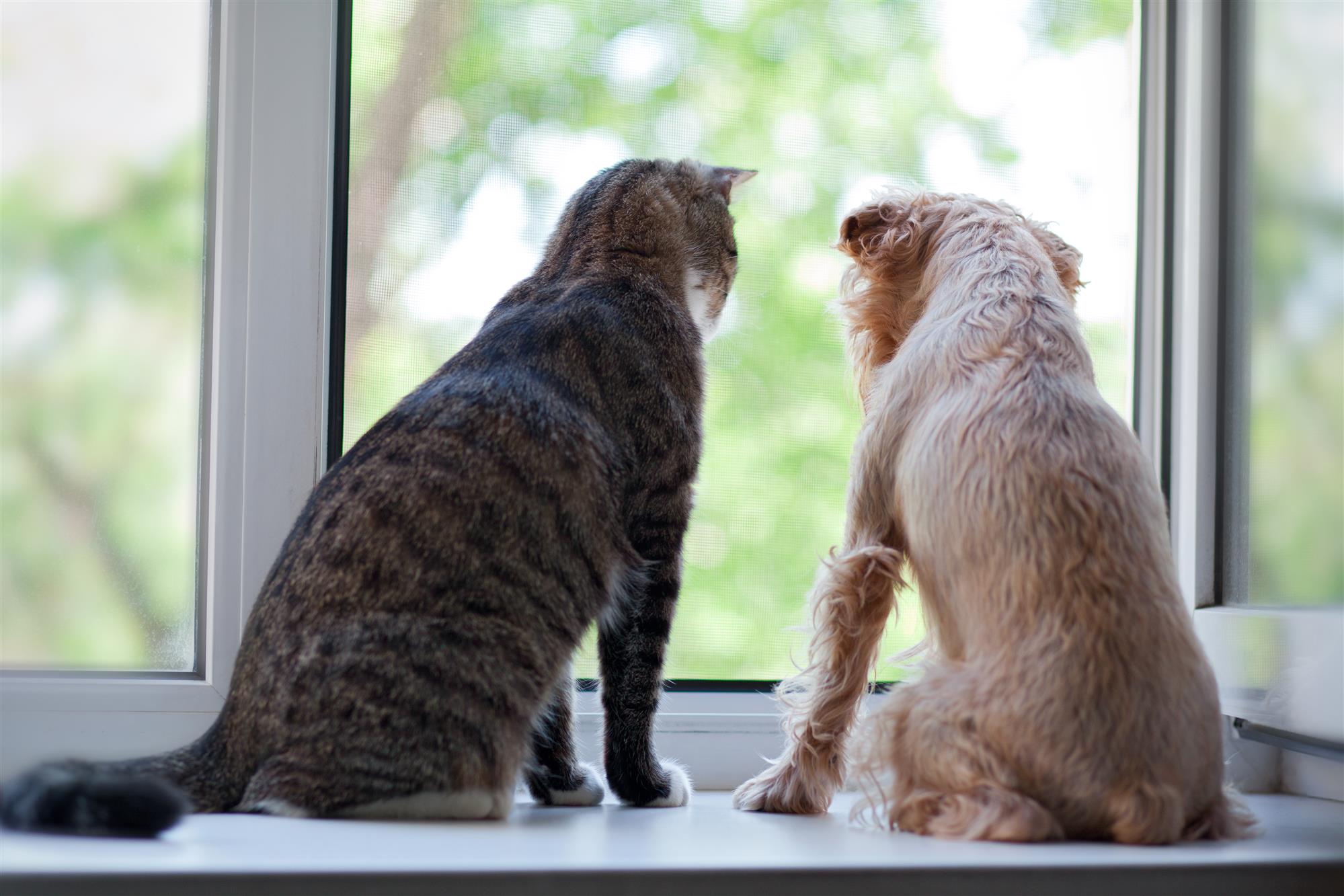Why Do Pets Itch Their Ears?

Itches happen! When a dog or cat uses their hind foot to reach a scratch, this is usually normal. On the other hand, if your pet is pawing or scratching at their ear constantly, chances are that there’s an underlying health issue that may be causing discomfort. Keep reading to learn what could be causing your dog or cat itching ears and treatment options to consider.
Causes of Ear Scratching
Constant itching of the ears in pets is a telltale sign that there’s something going on. Your pet’s diet, breed, and lifestyle all play a role in the health of their ears. Ear scratching can be caused by:
- An ear infection
- Skin problems
- Wax build up
- Debris in the ear
- A cut
- Poor diet
- Water in the ear
Other issues that can cause itchy ears include fleas, mites, and even a yeast infection. Pay close attention to your pet and keep any recent changes in mind. For example, if the seasons recently changed or if you switched to a different pet food, your pet may be suffering from an allergic reaction that can cause overall itchiness.
If there is a more serious underlying condition, be on the lookout for redness, swelling, odor, pain, or a lump on the ear. Your dog may also whine or yelp after scratching. These symptoms often indicate that your pet has an infection and should be seen by a veterinarian as soon as possible.
Treatment for Cat & Dog Itching Ears
The appropriate treatment for your pet depends on the underlying cause of the itchy ears. If your pet has a bacterial or yeast infection, a topical treatment may be strong enough to fight the infection.
However, if your pet displays symptoms after topical treatment, it’s best to seek medical assistance from a local veterinarian. This way, you’ll have peace of mind that your pet is being treated and won’t experience the aches and pains that come along with ear infections.
Keeping Your Pet’s Ears Healthy
Regular ear cleaning is useful for removing wax and debris buildup. A clean dry cotton ball works well for removing ear debris. If your dog or cat has access to pet doors and spends a lot of time outside, check for mites and other parasites that could be causing itchiness.
If your pet swims regularly, ensuring his ears are dried and free of water is also helpful. A dry cotton ball or pad can be used to gently remove leftover water. Excess water in the ear creates moisture, which is the perfect breeding ground for bacteria and yeast.

Durable & Safe Pet Doors
Installing a pet door in your home allows your pet to safely exit and enter the home whenever necessary. Having a pet door gives your pet the freedom to spend time outside without you having to take them out yourself. Dog and cat doors are also beneficial in that they can reduce bathroom accidents in the home.
At Australia Pet Doors, we’re leaders in this industry. For more than 10 years, we’ve become a household name for dog doors, cat doors, door flaps, and more.
Interested in installing a pet door in your home? Call our team at 0414 922 751 to find the perfect pet door to meet your needs.
